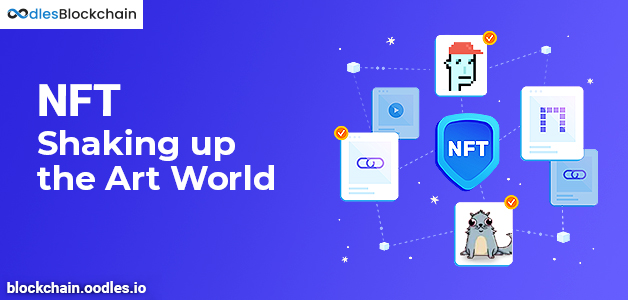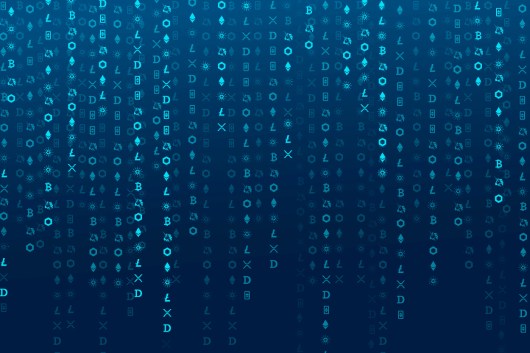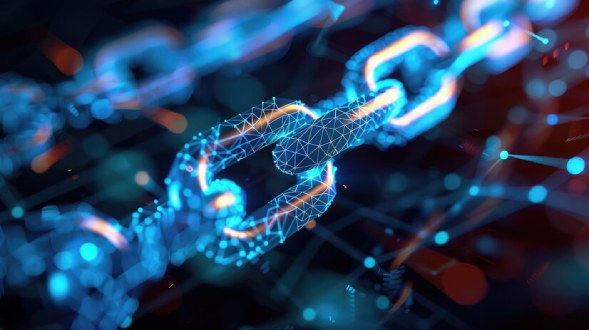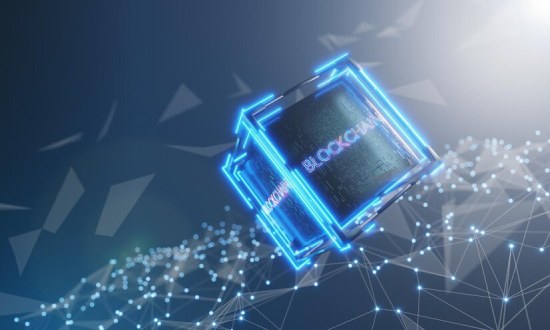-
For more than a year, Non-Fungible Tokens (NFTs) have been a heated topic of debate. NFT development services in the art industry have received a lot of attention from an investor's perspective, but an artist's viewpoint on these digital assets has received little attention. However, these two viewpoints are interconnected, and comprehending NFTs from the viewpoint of an artist may aid in our future understanding of their true economic value.
On the blockchain, NFTs are traded similarly to cryptocurrencies. NFTs are digital assets, but cryptocurrencies are similar to digital currency. In general, the idea of digital assets is not brand-new and can refer to anything from Fortnite skins to company logos. Because they are non-fungible, unlike common digital assets, NFTs are notable. All NFTs are distinct and cannot be swapped with similar entities. This implies that you become the sole owner of the NFT and receive a digital certificate of authenticity when you purchase one, and your transaction is recorded on the blockchain.
What does this entail for Art Business?
For starters, considering the volume of money passing through this market, NFTs have transformed how transactions are conducted. The blockchain network, which creates a permanent record of all transactions relating to a specific NFT, has allowed NFTs to bring change to this mostly unregulated market. Blockchain does this by generating a contract known as a "smart contract" that is secured by cryptography. The contract includes details on the primary market for the NFTs, including the creator and the initial purchaser as well as details about any later changes in ownership and valuation.
A decentralized and open market has been made possible by the information being freely available to artists. The old art market, in stark contrast, thrived in secrecy, with commercial galleries, dealers, and auction houses getting the lion's share of the profit. With the introduction of NFTs, marginalized artists, in particular, have discovered equitable opportunities by obtaining pertinent price and supply information in exchange for blockchain-based authentication of their works of art. Collectors can use this system to compare prices and confirm the legitimacy of sellers, which is advantageous.
Also, Read | Revamping the Supply Chain Industry with NFT (Non-Fungible Tokens)
Types of NFT Art
Generative and non-generative NFT art are the two basic categories. Ordinary paintings and other types of artwork produced by people and uploaded on a blockchain before being assigned to an NFT are considered non-generative artworks. You won't find much generative NFT art on the Internet. The consequence of human inventiveness, they (and technology).
Digital artwork is generated using a particular technique that employs a distinct NFT identification as the "seed." An algorithm can create such NFT artworks from beginning to end. Alternately, they can be produced depending on whatever the user specifies, such as a name, color, description, or an uploaded or drawn image. The algorithm then produces something new based on these pieces, either collectively or separately.
Also, Read | Why Choose NFT Marketplace Development on Ethereum Blockchain
NFT's Advantages for the Art industry
Online Copyright Infringement Prevention
We never had to own anything digital before blockchain and NFTs. Without copyright concerns, we used to download pictures, films, and animated graphics and use them whatever we liked.
NFTs, blockchain, and other cutting-edge technologies are altering that by enabling art creators to monitor its online distribution and, in turn, defend their copyrights.
For instance, you must mint an NFT on one of the NFT platforms if you create digital artwork and want to copyright it. You can then utilize this NFT online to demonstrate your copyright. By employing specialist services, you may trace and keep an eye on the violation of such a right. The most straightforward example is searching on Google for a specific image or searching on YouTube for your video material. Additionally, you can track the way your content is being used on YouTube and get paid for each watch on the channels that use it.
We may anticipate that there will be a wide range of services for the online acquisition and selling of digital content in the future owing to the advancement of deep neural network technology (artificial intelligence).
Also, Read | Play-to-Earn NFT Games | Driving the GameFI Revolution
New Monetization Possibilities
In addition to the advantages previously mentioned, NFTs can boost artists' income. For instance, there is already proof that some artists have been able to sell enough NFTs to double their monthly revenue. This is achievable because artists can avoid utilizing art dealers by selling their creations directly to end consumers using NFT (saving 10 to 60% of the transaction).
NFT enables the development of the following new income models
- When artists resell their works, some NFTs automatically pay the artists royalties. The Foundation employs this method of revenue generation: every time a piece of art is sold again, artists receive a 10% royalty. Royalties are deposited straight into the creator of the NFT's wallet. However, the Foundation already has agreements in place with OpenSea, Rarible, and other places of a like nature, whereby they will pay the artist a 10% royalty if the Foundation's NFT is sold in such markets.
- The development of monetization techniques that enable anyone who generates revenue using an NFT to automatically pay royalties to that NFT's owner is made possible by the ability to claim ownership of material online with NFTs and track its dissemination. On YouTube, this is only partially implemented, but it is for the entire Internet.
- You can also sell the right to display artwork at specific times or locations using NFTs. For instance, you are only permitted to sell NFT artwork with the permission to exhibit it anywhere for ten years after the token is sold. Or it can be the ability to broadcast it exclusively within the United States, or only to certain Facebook groups or YouTube channels.
- For their show, museums can launch full digital exhibitions, produce NFT arts for them, and then charge admission to view them.
Also, Read | Utility NFT (Non-Fungible Tokens) | Moving Beyond Digital Collectibles
Conclusion
The NFT sector works to foster a welcoming, safe atmosphere where digital artists can prosper financially. It doesn't matter if it's a picture, a digital painting, a 3-D animated graphic, or a block of pixels like the Nyan Cat film (which sold for $600.00), anyone with an Internet connection may develop an NFT and get money from it. Also, artists and businesses can take the help of NFT development experts at Oodles to build more definitive solutions.

Our Offices
INDIA
Emaar Digital Greens, Sector 61,
Gurugram, Haryana
122011.
Welldone Tech Park,
Sector 48, Sohna road,
Gurugram, Haryana
122018.














